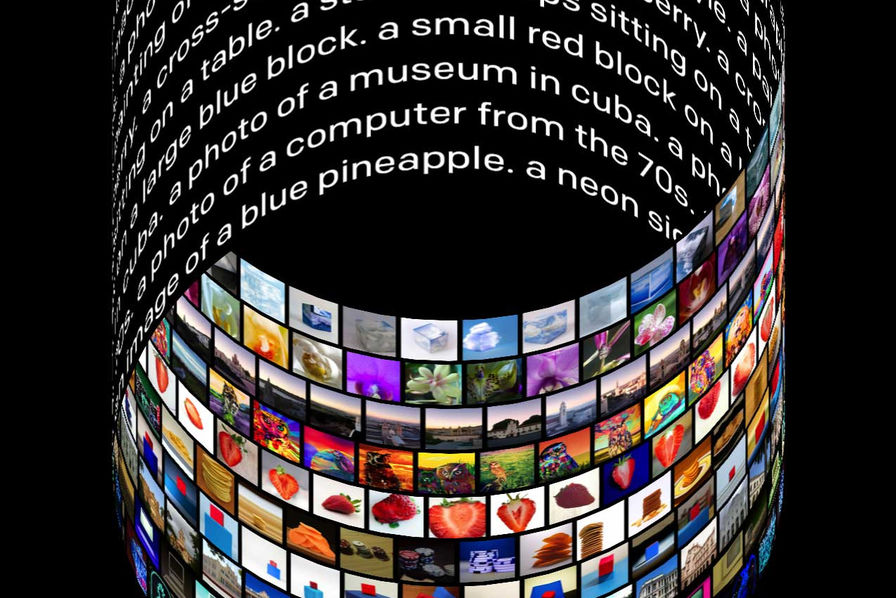In today’s educational landscape, generative AI (GenAI) is reshaping how students and instructors interact with learning platforms. A promising example is Canv-AI, an AI-powered tool designed to integrate into the widely used Canvas Learning Management System (LMS). This tool aims to transform both student learning and faculty workload by leveraging advanced AI features to provide personalized, real-time support.
The integration of Canv-AI focuses on two primary groups: students and professors. For students, the key feature is a chatbot that can answer course-specific questions, provide personalized feedback, and generate practice quizzes or mock exams. These features are designed to enhance active learning, where students actively engage with course material, improving their understanding and retention. Instead of navigating dense course content alone, students have instant access to interactive support tailored to their learning needs.
Professors benefit from Canv-AI through a dashboard that tracks student performance and identifies areas where students struggle the most. This insight allows instructors to adjust their teaching strategies in real-time, offering targeted support without waiting for students to seek help. Additionally, the chatbot can help reduce the faculty workload by answering common questions about lecture notes or deadlines, allowing professors to focus more on core teaching tasks.
From a business perspective, Canv-AI aligns with Canvas’s existing subscription-based revenue model. It is offered as an add-on package, giving universities access to AI-driven tools for improving educational outcomes. The pricing strategy is competitive, with a projected $2,000 annual fee for universities already using Canvas. The integration also brings the potential for a significant return on investment, with an estimated 29.7% ROI after the first year. By attracting 15% of Canvas’s current university customers, Canv-AI is expected to generate over $700,000 in profit during its first year.
The technological backbone of Canv-AI relies on large language models (LLMs) and retrieval-augmented generation (RAG). These technologies allow the system to understand and respond to complex queries based on course materials, ensuring students receive relevant and accurate information. The system is designed to be scalable, using Amazon Web Services (AWS) to handle real-time AI interactions efficiently.
However, the integration of GenAI into educational systems does come with challenges. One concern is data security, especially the protection of student information. To address this, Canv-AI proposes the use of Role-Based Access Control (RBAC), ensuring that sensitive data is only accessible to authorized users. Another challenge is AI accuracy. To avoid misinformation, Canv-AI offers options for professors to review and customize the chatbot’s responses, ensuring alignment with course content.
In conclusion, Canv-AI offers a transformative solution for Canvas LMS by enhancing the learning experience for students and reducing the workload for professors. By integrating GenAI, Canvas can stay competitive in the educational technology market, delivering personalized, data-driven learning solutions. With the right safeguards in place, Canv-AI represents a promising step forward for digital education.
Authors: Team 50
John Albin Bergström (563470jb)
Oryna Malchenko (592143om)
Yasin Elkattan (593972yk)
Daniel Fejes (605931fd)



